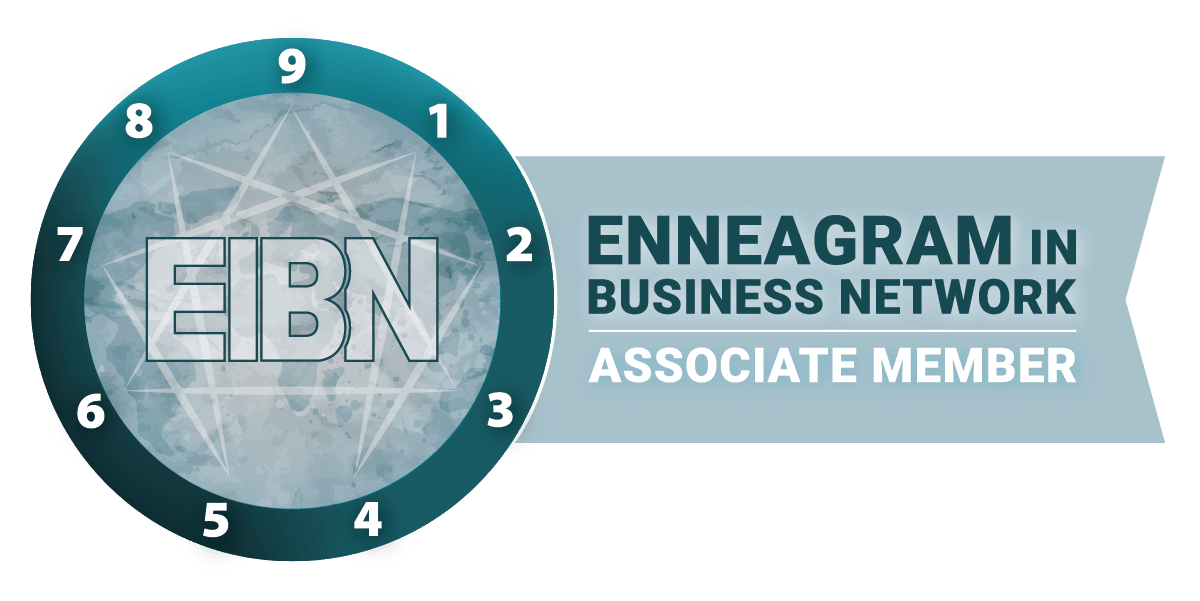We have a variety of powerful assessment tools at your disposal to help you better understand both your strengths and needs. These assessments can be used in both individual coaching and team building engagements, providing a starting point for growth and development. Contact us to discuss which are right for your needs and goals.

|
Enneagram: Most personality assessments are good at describing how we behave. The enneagram differs in two ways. First, it seeks to describe why we behave as we do—what motivates us. This is essential in our ability to change. Second, it recognizes that our weaknesses are often connected to our greatest strengths. Although the enneagram is ancient in its origins, it has been refined over the centuries and is used in many business settings today.
|

|
The Leadership Circle Profile 360: The LCP profile is the result of compiling the best leadership research available today. This multi-rater assessment focuses on 18 skills and attributes commonly acknowledged to be positively correlated to successful leadership. It also indicates risk for 11 common leadership derailers. Leaders are provided with a comprehensive overview of their strengths, areas for improvement, and leadership capacity.
|

|
MBTI: The popular Myers-Briggs personality assessment helps individuals understand their behavior preferences in four key areas. This framework also helps teams to recognize, access, and appreciate the best each team member has to offer.
|

|
EQ-i 2.0: Businesses are increasingly recognizing the importance of emotional intelligence and its relationship to trust, resilience, and leadership effectiveness. Five key areas are measured: emotional awareness, emotional expression, interpersonal effectiveness, stress management, and decision making. This assessment is available for employees, leaders, teams, and as a multi-rater 360 tool.
|

